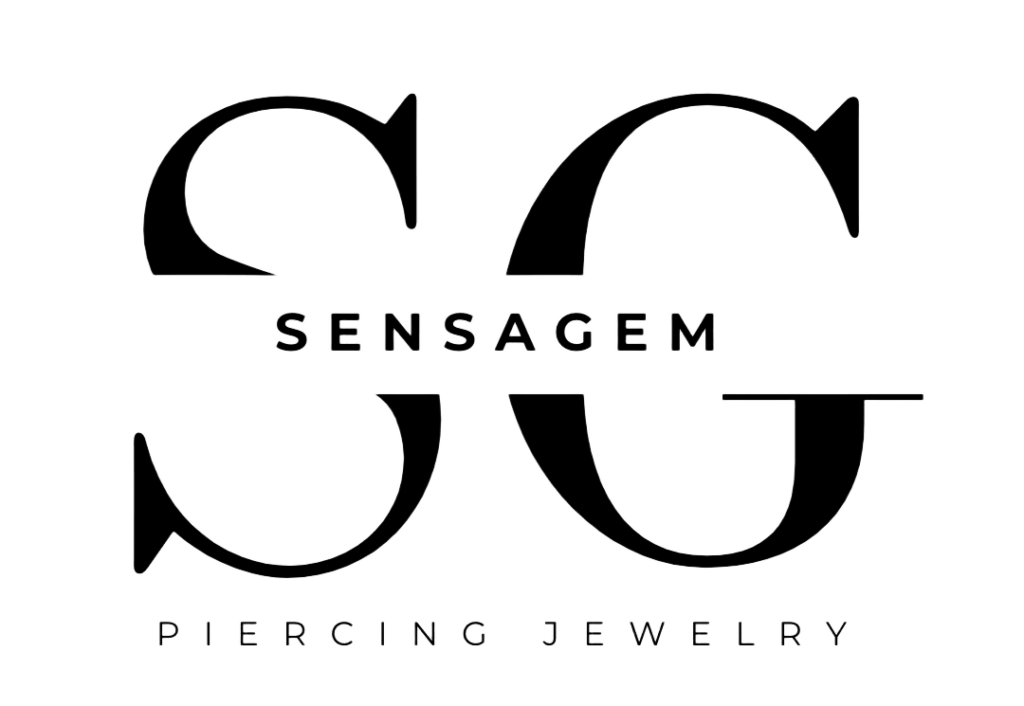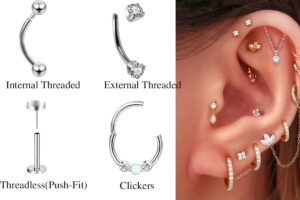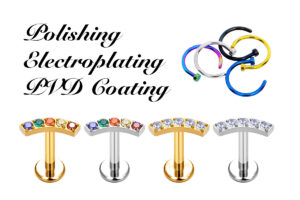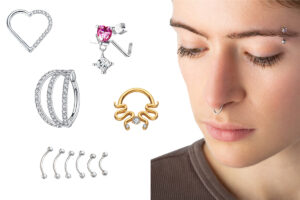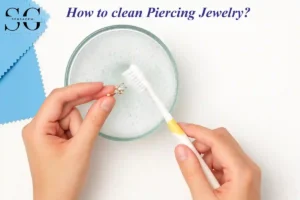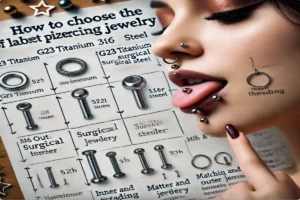Introduction
L'anodisation est devenue l'un des traitements de surface les plus importants dans les bijoux perçants. Il améliore non seulement l'attrait visuel à travers des couleurs vibrantes, mais augmente également la résistance et la durabilité de la corrosion - les qualités très appréciées par les professionnels et les consommateurs. Dans cet article, Nous explorons comment fonctionne l'anodisation, son application sur le titane et l'acier inoxydable, Et comment il influence l'esthétique, biocompatibilité, et les performances à long terme des bijoux perçants.
Qu'est-ce que l'anodisation?
L'anodisation est un processus électrochimique qui épaississe la couche d'oxyde naturel sur les métaux, comme le titane et l'aluminium. Pour les bijoux perçants, Ce processus s'améliore:
- Résistance à la corrosion
- Durabilité
- Biocompatibilité
- Variation des couleurs (en titane)
Le processus implique:
- Nettoyage les bijoux soigneusement
- Submersion dans un bain d'électrolyte à base d'acide
- Application du courant électrique aux tensions contrôlées
- Produire des couleurs Basé sur une réfraction légère (pas les pigments)
👉 Connecté: ASTM F136 Titanium VS. 316L en acier inoxydable - ce qui est le meilleur?
Anodisation en titane: Couleurs, Sécurité & Performance
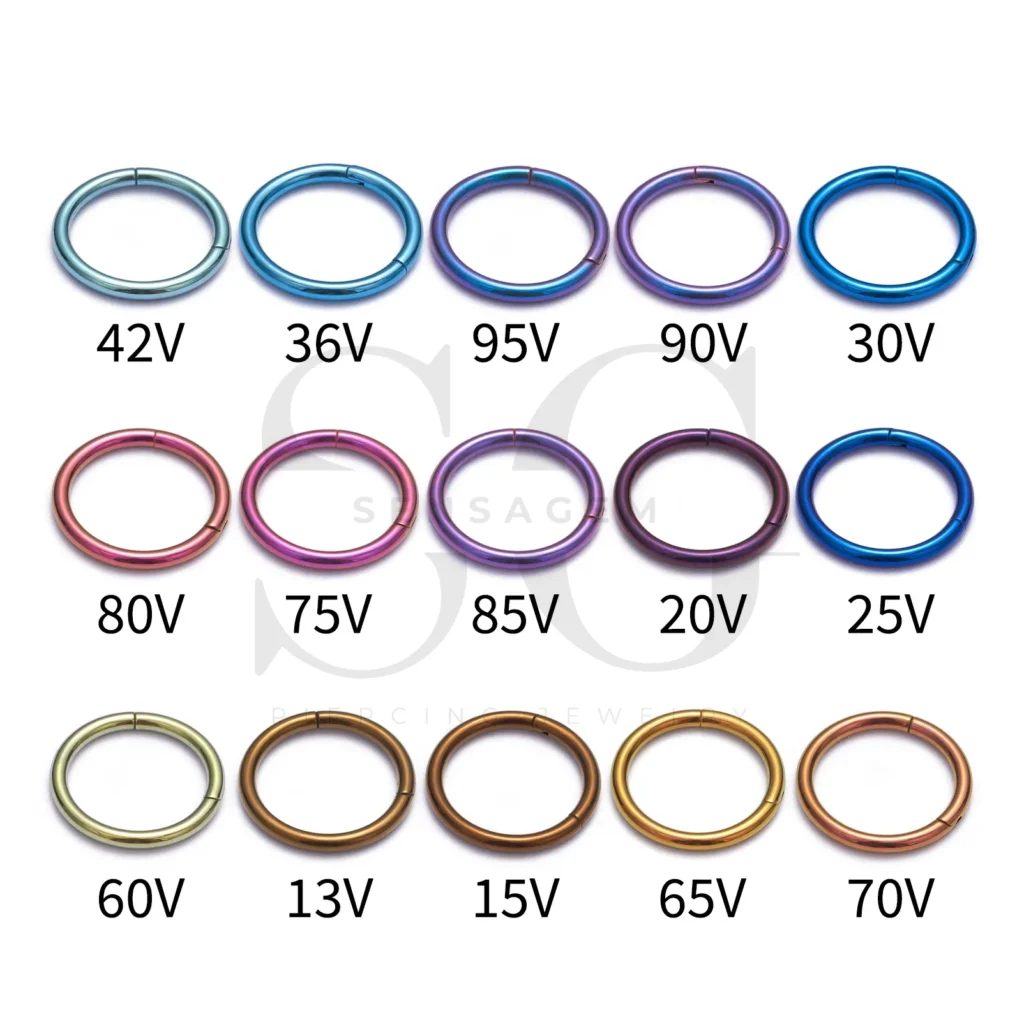
Le titane est le matériau le plus approprié pour l'anodisation dans les bijoux perçants.
Les avantages incluent:
- Large gamme de couleurs: du bronze et du bleu aux gradients arc-en-ciel
- Sans nickel et hypoallergénique, adapté aux nouveaux piercings
- Amélioré Résistance aux rayures et à la corrosion
- Personnalisable pour la marque ou la différenciation de la mode
👉 En savoir plus sur Normes de certification des bijoux perçants
Aperçu du processus:
- Nettoyé avec de l'acétone ou de l'alcool
- Submergé dans un électrolyte d'acide sulfurique
- Contrôles de tension Résultat des couleurs
- Rinçage final dans l'eau désionisée pour sceller la couche
Anodisation en acier inoxydable: Limites & Appel de niche
Tandis que l'acier inoxydable peut être anodisé, C'est beaucoup moins flexible que le titane.
Inconvénients:
- Palette de couleurs limitée: Surtout des tons sombres comme le bronze ou le noir
- Les changements de surface sont subtils et moins dynamiques
- Peut toujours contenir nickel (moins hypoallergénique)
Où ça marche:
- Esthétique noire ou gunmétal mate
- Designs de style industriel
- Lignes de produit sensibles aux coûts
L'acier est mieux adapté pour Revêtement PVD ou électroplaste Si la couleur est nécessaire.
Comparaison du titane vs. Anodisation en acier inoxydable
| Fonctionnalité | Anodisation en titane | Anodisation en acier inoxydable |
|---|---|---|
| Gamme de couleurs | Large (De l'or aux teintes arc-en-ciel) | Limité (Nuances généralement sombres ou neutres) |
| Durabilité | Très résistant aux rayures et durable | Bien, mais légèrement moins durable que le titane |
| Biocompatibilité | Excellent, hypoallergénique | Bien, mais peut irriter la peau sensible |
| Coût | Plus cher | Plus abordable |
| Meilleures utilisations | Piercings à haute visibilité, mode, peau sensible | Style industriel, finitions subtiles, rentable |
Pourquoi les bijoux anodisés sont en demande
Les clients perçants veulent des bijoux qui sont:
- Visuellement unique
- Sûr pour la peau sensible
- Durable sous les vêtements quotidiens
L'anodisation offre les trois- surtout lorsqu'il est appliqué au titane. Les studios et les détaillants en bénéficient en offrant audacieux, sûr, pièces personnalisables qui distinguent leur marque.
👉 Lire aussi: Guide de sécurité pour les matériaux de bijoux perçants
👉 En savoir plus dans notre Guide ultime du titane en gros & Bijoux en acier inoxydable
Tendances & Perspectives futures
- Anodisation du gradient: Les effets multicolores deviennent populaires
- Méthodes respectueuses de l'environnement: Electrolytes à base d'eau et systèmes en boucle fermée
- 3En D + titane anodisé: Formes personnalisées avec finitions premium
Attendez-vous à ce que plus de studios exigent du titane anodisé alors que les consommateurs se penchent vers des bijoux audacieux mais en matière de peau.
Conclusion
L'anodisation est plus que la décoration - c'est une mise à niveau fonctionnelle vers des bijoux perçants. Titanium offre la gamme de couleurs la plus large et les performances les plus sûres pour les nouveaux piercings, tandis que l'acier inoxydable offre une anodisation de base pour l'esthétique industrielle. En comprenant les capacités des deux matériaux, Vous pouvez choisir en toute confiance les bijoux qui répondent aux besoins de vos clients en matière de sécurité, couleur, et durabilité.
👉 Explorez les bijoux en titane anodisé à Sensation, ou Contactez-nous Pour demander des échantillons et des options de personnalisation.
